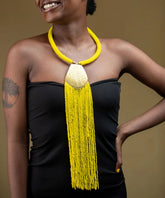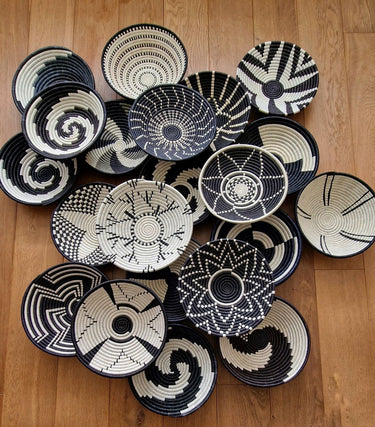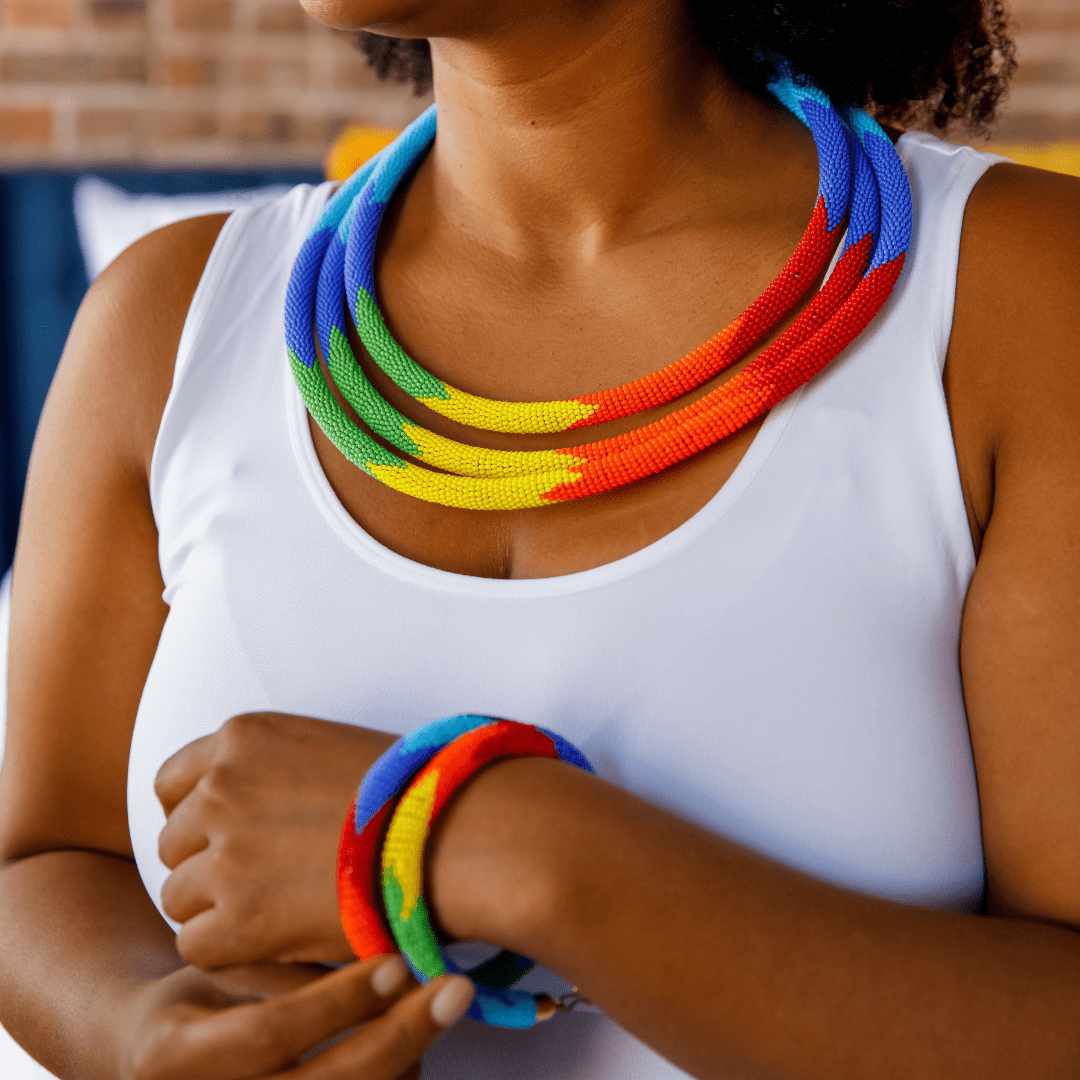Maasai Ceremonial Necklaces: Symbols of Culture, Status & Tradition
For the Maasai people of Kenya and Tanzania, ceremonial necklaces are not mere adornments—they are sacred symbols of identity, milestones, and social standing. Worn during rites of passage, weddings, and spiritual rituals, these intricate beadworks tell stories of courage, community, and heritage.
This guide explores:
✅ The cultural significance of Maasai ceremonial necklaces
✅ Different types and their meanings
✅ How they are made (materials & techniques)
✅ Where to buy authentic pieces ethically
1. The Role of Ceremonial Necklaces in Maasai Culture
Maasai beadwork is deeply tied to age, gender, and social status. Ceremonial necklaces mark:
-
Coming of age (circumcision rites for boys, puberty for girls)
-
Marriage (bridal necklaces signify new roles)
-
Warrior status (Morans wear specific designs)
-
Elderhood (symbols of wisdom and leadership)
Did You Know?
Each necklace’s colors, patterns, and size communicate specific messages to the community.
2. Types of Maasai Ceremonial Necklaces
A. Engang’o (Bridal Necklace)
-
Worn by: Maasai brides during weddings
-
Design: Wide, layered collars with white (purity) and red (bravery) beads
-
Meaning: Represents fertility, marital commitment, and the bride’s transition to womanhood
B. Enkarewa (Warrior’s Necklace)
-
Worn by: Young warriors (Morans) after circumcision
-
Design: Long, dangling strands with bold red, black, and blue beads
-
Meaning: Signifies strength, courage, and readiness to protect the community
C. Nborro (Married Women’s Collar)
-
Worn by: Married women
-
Design: Thick, multi-stranded beadwork in darker colors
-
Meaning: Displays maturity, responsibility, and family pride
D. Children’s Blessing Necklaces
-
Worn by: Infants and young girls/boys
-
Design: Small, lightweight strands with blue (health) and white (protection) beads
-
Meaning: Safeguards children from evil spirits
3. How Maasai Ceremonial Necklaces Are Made
Materials Used:
-
Glass beads (traditionally from Czech or recycled sources)
-
Wire or nylon thread (for durability)
-
Cowhide backing (for stiff collars)
Traditional Techniques:
-
Pattern Planning: Elders pass down sacred designs.
-
Bead Stringing: Women hand-weave each strand for days.
-
Blessing Rituals: Necklaces are cleansed with smoke or milk before ceremonies.
Modern Adaptations:
Some cooperatives now use eco-friendly beads and fair-trade certified materials.
4. Where to Buy Authentic Maasai Ceremonial Necklaces
To support real Maasai artisans, buy from:
-
TSAI Maasai (Nairobi-based fair-trade collective)
5. How to Wear Maasai Necklaces Respectfully
If incorporating ceremonial designs into modern fashion:
✔ Learn their meanings (avoid sacred patterns unless Maasai)
✔ Credit the culture (e.g., "Handmade by Maasai artisans in Kenya")
✔ Support ethical brands that pay fair wages
Conclusion: A Living Heritage
Maasai ceremonial necklaces are woven with history, spirituality, and identity. For those who wear them—whether in Maasai villages or global fashion—they carry the weight of tradition and the pride of a resilient people.
Want to own an authentic piece? Explore:




